The intangible culture of the Van Kieu and Pa Ko people in the Western region of Quang Tri is very rich and diverse. Among them, musical instruments play an important role in conveying deep thoughts and feelings, representing the words that people want to say to other people, and people want to say to the gods and all things around them. In particular, many musical instruments of the Van Kieu and Pa Ko people contribute to making the songs and singing of the people here more beautiful, more beautiful.
Unique and distinctive culture
The Van Kieu and Pa Ko people have painstakingly researched and created a very unique collection of musical instruments, each with its own unique sound. Most of the instruments are used individually, but sometimes they are played together in a piece of music, creating unique and joyful sounds. Some typical instruments often contribute to festivals and New Year celebrations, praying for favorable weather, bountiful harvests, lovemaking, resting during hard work, and inspiring the mood...

Mr. Con Kho, in A Lieng village, Ta Rut commune, Dakrong district, performs the panpipe in a cozy, friendly atmosphere - Photo: KS
Ta-lu is a musical instrument that is simple in form but very beautiful in meaning when used. The Van Kieu and Pa Ko people do not remember exactly when the Ta-lu first appeared, but for them, this is a musical instrument that is as close as flesh and blood. The original Ta-lu was very compact and simple. The instrument was made from a piece of old, sturdy bamboo, as big as an adult's wrist, with two tubes hollowed out and a hole carved on one side of the bamboo body to create a sound hole so that it is balanced between the two ends of the bamboo tube.
All parts of the body of the instrument such as the strings and the string connectors running along the sound hole are made of bamboo. This type of instrument usually has a small sound, heard within a certain space. However, the sound of the instrument is very clear, the player often plays and sings at the same time and can play the instrument anywhere, in any situation. In daily life, Ta-lu helps the Van Kieu and Pa Ko people express their feelings, the listener feels and understands the sound of the instrument.
In particular, when going to the fields, the Van Kieu and Pa Ko people often bring their musical instruments to relax during their breaks. Ta-lu is also used to express feelings between men and women while going to the fields or to lull children to sleep well...
During the two long resistance wars against the French and the Americans, while participating in the revolution, supplying food, carrying ammunition, food, and provisions with the soldiers, the Van Kieu and Pa Ko people often brought their instruments with them or could make their own instruments while resting in the quiet forest. They used the instruments, borrowing these familiar sounds combined with lyrics and singing to share their feelings with each other, praising the Party and Uncle Ho; hoping that under the leadership of the Party and President Ho Chi Minh, the country would soon gain independence and freedom.
Because of its unique, very special, and familiar features, the Ta-lu was featured in famous songs at that time such as "The Sound of the Ta-lu" by musician Huy Thuc, "The Green Forest Echoes the Sound of the Ta-lu" by musician Phuong Nam.
Nowadays, the Ta-lu has been improved to be more durable and aesthetically pleasing than before. It is made of a good type of wood, its appearance is similar to a guitar but smaller and has only two strings, the music is still smooth and clear.
Mr. Ho Van Viet, in Vuc Leng village, Ta Rut commune, Dakrong district, is a rare artisan in the ethnic minority region of Western Quang Tri who knows how to make and use wooden Ta-lu. He said: “Compared to the bamboo Ta-lu, the wooden Ta-lu is elaborate, difficult to make and takes a lot of time because it goes through many meticulous stages from choosing wood, carving, carving, creating the body and strings. The wooden Ta-lu can have 2-4 strings. The process of completing the instrument must be adjusted many times so that the instrument is beautiful, has a good sound, is loud and clear like the original Ta-lu. Currently, the wooden Ta-lu is popular, and is suitable for all players, from old to young, male and female, if they are passionate, they can use it. We use the instrument in any situation, especially when we are happy and excited.”
Like the Ta-lu, the Khen Be is used quite commonly by the Van Kieu and Pa Ko people in their daily activities. The material used to make the Khen is mainly small, old, straight, hard bamboo to make the Khen durable and shiny. The main structure of the Khen consists of 14 bamboo tubes arranged in 7 pairs of different lengths, connected together by rattan fibers and a "reed" that creates sound. The air hole of the Khen is made in the middle of the tube body. The "reed" is made of old silver or pure copper. The stages of making the Khen Be are very elaborate, from choosing the bamboo stem to creating the "reed". The Khen Be has a very unique sound, often used in large community festivals, used as an accompaniment for other musical instruments.
But sometimes, depending on the mood of the user, the enjoyment, the reed pipe is used separately in a small, cozy, private space. To make a reed pipe, even if the craftsman is proficient, it takes from 5 to 7 days. The process of creating the sound of the reed pipe is very important, one must be able to absorb each level of sound of the reed pipe to be able to make a good, beautiful reed pipe. Nowadays, people who can make reed pipes in Quang Tri are very rare. Through a survey, there are only Mr. Ho Van Chon, in Ky Tang village, Lia commune; Pa Hoi, in Ka Tang hamlet, Lao Bao town, Huong Hoa district who are still capable of making this type of musical instrument.
In addition to the two special musical instruments above, the Van Kieu and Pa Ko people also create and use many unique musical instruments to serve their spiritual life such as the trumpet, the khui flute, the pi flute, the ta ring flute, the kông, the amam, the pơ-lúa, the Abel, the Achung, the tro, the pr-tẻng, the mprêh, the pa-tâl, the a-pôông, the kâl-tôôk, the areng, the ng-koái, the ng-kong, the kr-tưông... The materials used to make these musical instruments are quite primitive, mostly made of bamboo and rattan, but to create a product requires the artisan's skill, meticulousness, and understanding of musical instruments.
Depending on the type of musical instrument, it is used in crowded or small places; to express love, respect, gratitude, wishes for health, freedom from illness, disease, to chase away wild animals, and love between men and women. Many types of musical instruments, when used, create cheerful sounds, but sometimes they are calm and soulful, enlivening the spiritual life of the people of the West.
Need to be preserved and promoted
Each musical instrument of the Van Kieu and Pa Ko people seems to have its own mission. On important occasions such as weddings, new rice celebrations, thanksgiving ceremonies to the gods, connecting couples or meeting families who have not seen each other for a long time, the role of musical instruments is indispensable. Musical instruments are also the bridge that brings people closer together, puts aside hatred, and unites the community.

Artisan Ho Van Viet crafts wooden Ta-lu - Photo: KS
As the years go by, due to various factors, many musical instruments of the Van Kieu and Pa Ko people are at risk of being lost or completely lost, such as the amam, pa-tâl, a-pôông, kâl-tôôk, areng, ng-koái, ng-kong, kr-tưông... The main reason is that the traditional craft of making musical instruments is difficult, requiring meticulousness and passion. The artisans who know how to make musical instruments are now old, weak or have passed away, the younger generation has little understanding or interest in making musical instruments...
Faced with this situation, in recent times, relevant departments, sectors, localities and some Van Kieu and Pa Ko artisans have made great efforts to preserve and promote the unique cultural values of ethnic minorities in the province. However, so far, they have only stopped at teaching folk songs, using traditional musical instruments, preserving some intangible cultural heritages, but have not yet implemented classes to teach the making of traditional musical instruments.
Artisan Kray Suc, in A Lieng village, Ta Rut commune, Dakrong district, shared: “Musical instruments contain special cultural values and meanings, making the spiritual life of the Van Kieu and Pa Ko people more poetic, serving as a driving force to strengthen solidarity, love each other, share difficulties, sweetness and bitterness, and fight to eliminate the bad things in each person, clan, and village.
Many people also compare some daily musical instruments (Ta-lu, khen be, flute...) to be as indispensable as food and clothing. However, what I am concerned about now is that the number of artisans who know how to make musical instruments is too small, while the demand for musical instruments in the community, in each family and individual is still very high.
Therefore, in addition to organizing the teaching of folk songs, how to use traditional musical instruments, and promoting mass cultural movements at the grassroots level, functional agencies and localities need to have plans to support research, restoration, preservation and promotion of traditional musical instruments, such as opening classes to teach musical instrument making and inviting artisans to pass on their skills to the younger generation.
At the same time, there are special preferential policies for artisans working in the preservation of intangible cultural heritage to encourage and motivate their working spirit, passion and creativity, contributing to the preservation and promotion of the unique cultural values of the Van Kieu and Pa Ko people.
Ko Kan Suong
Source


![[Photo] Moment of love: Myanmar people are moved to thank Vietnamese soldiers](https://vstatic.vietnam.vn/vietnam/resource/IMAGE/2025/4/3/9b2e07196eb14aa5aacb1bc9e067ae6f)
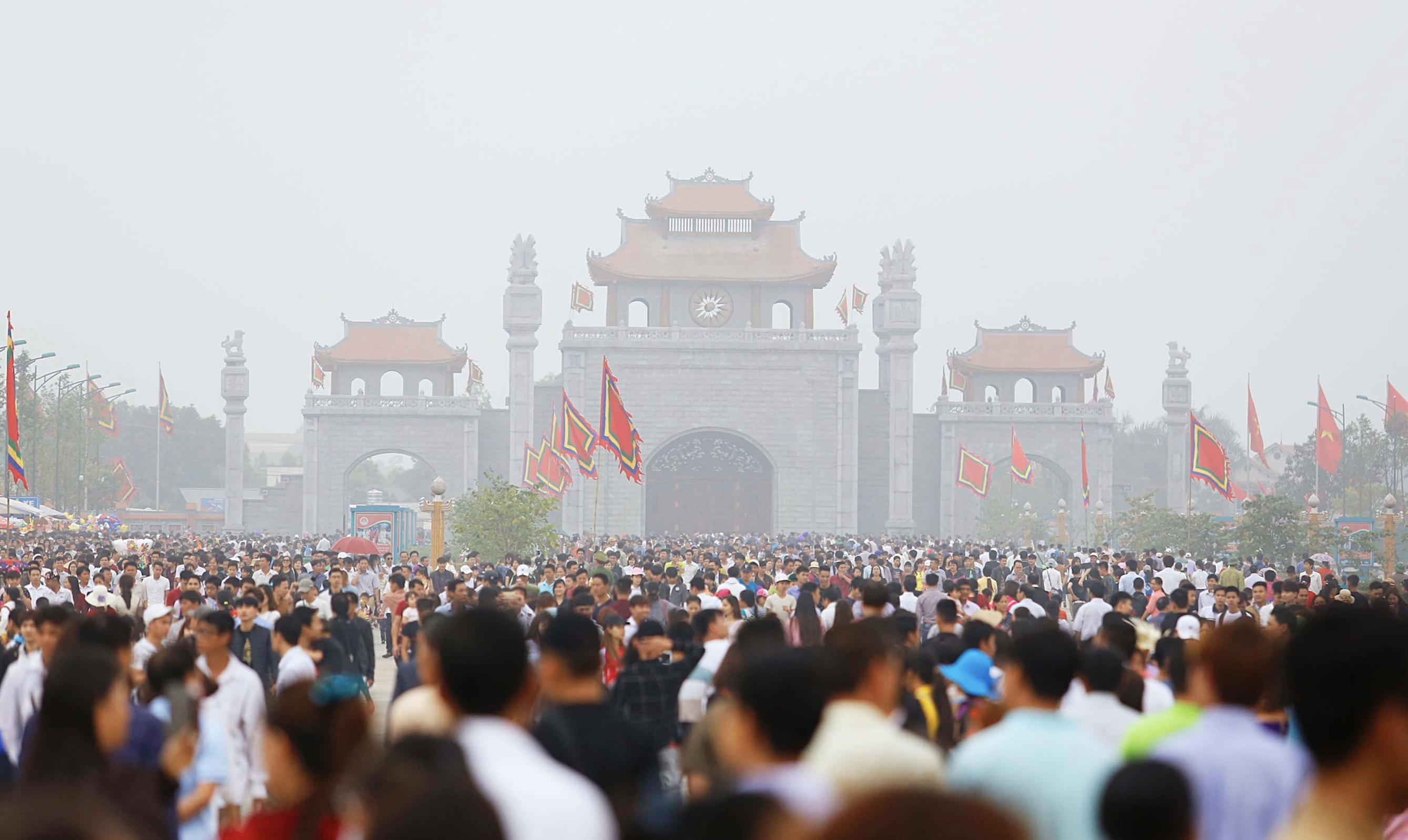
![[Photo] General Secretary To Lam receives Japanese Ambassador to Vietnam Ito Naoki](https://vstatic.vietnam.vn/vietnam/resource/IMAGE/2025/4/3/3a5d233bc09d4928ac9bfed97674be98)

![[Photo] Special relics at the Vietnam Military History Museum associated with the heroic April 30th](https://vstatic.vietnam.vn/vietnam/resource/IMAGE/2025/4/3/a49d65b17b804e398de42bc2caba8368)

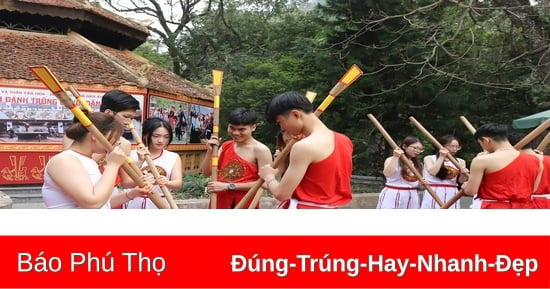
![[Podcast] News on March 24, 2025](https://vstatic.vietnam.vn/vietnam/resource/IMAGE/2025/4/3/f5fa1c3a9ae14d4590ac6965d233586b)


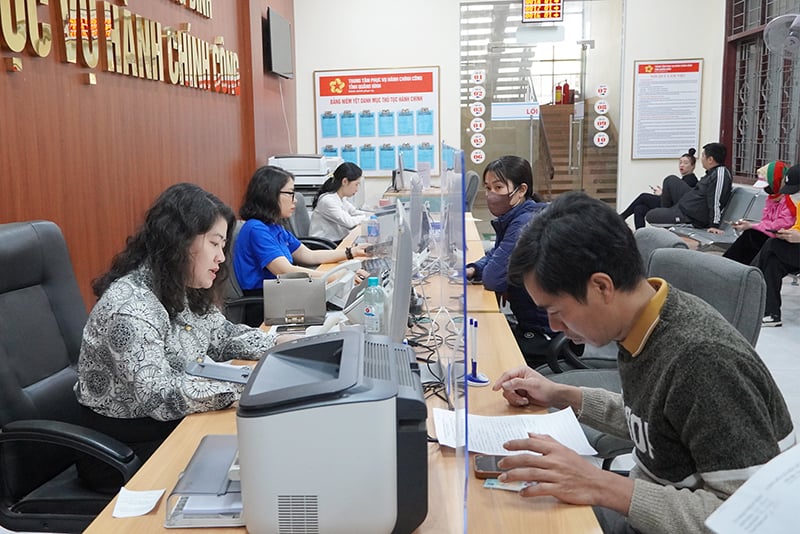


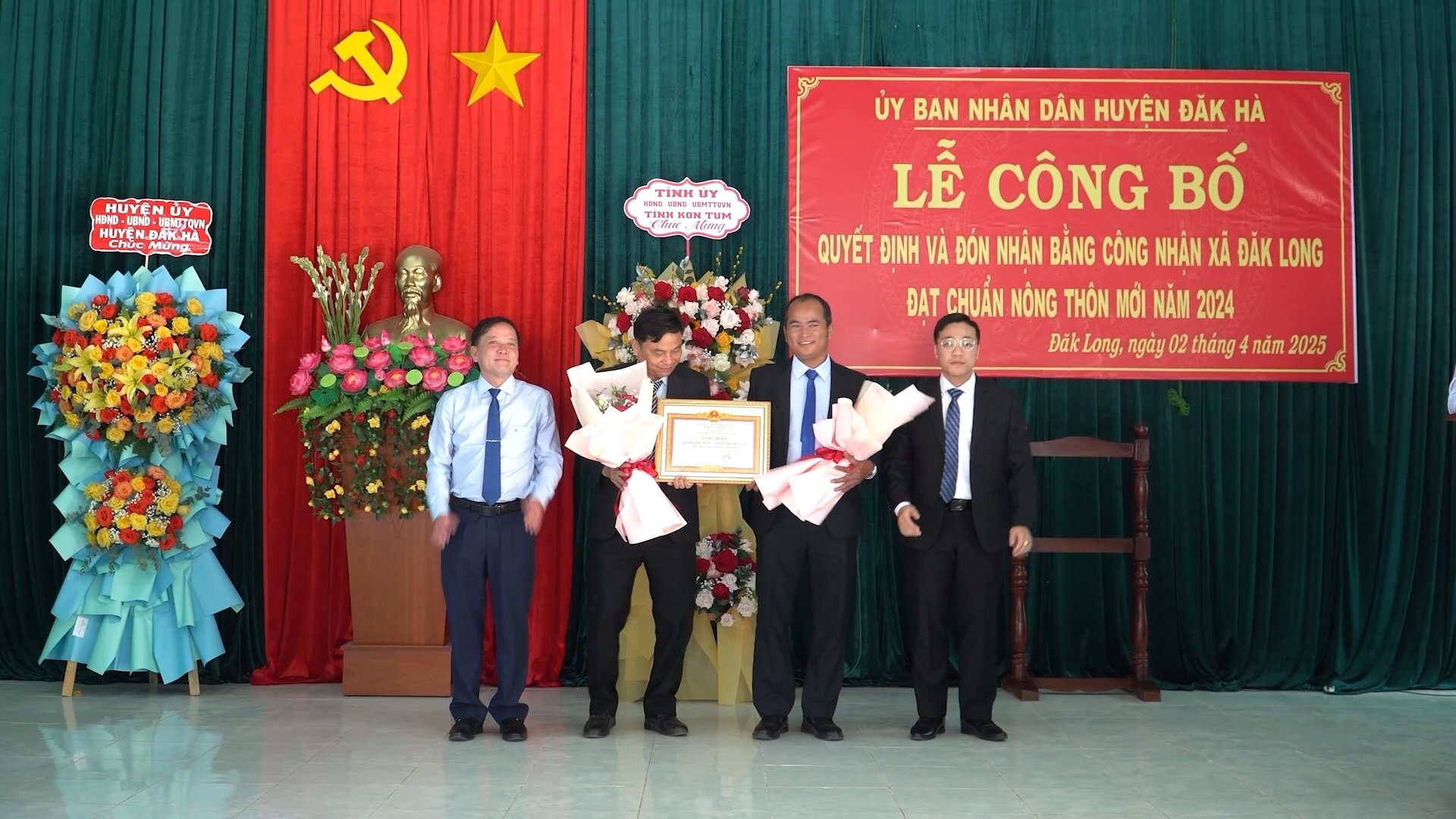
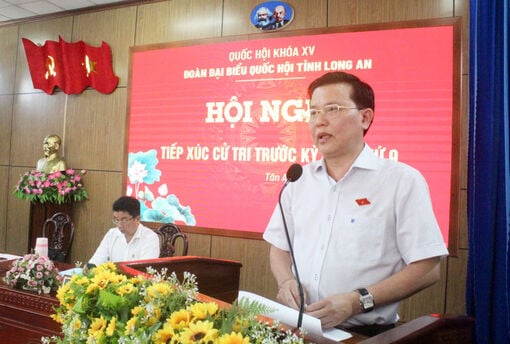
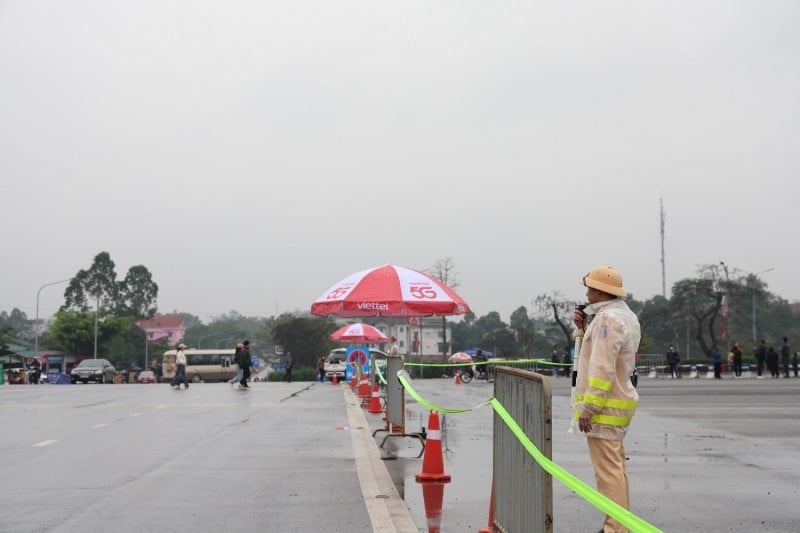


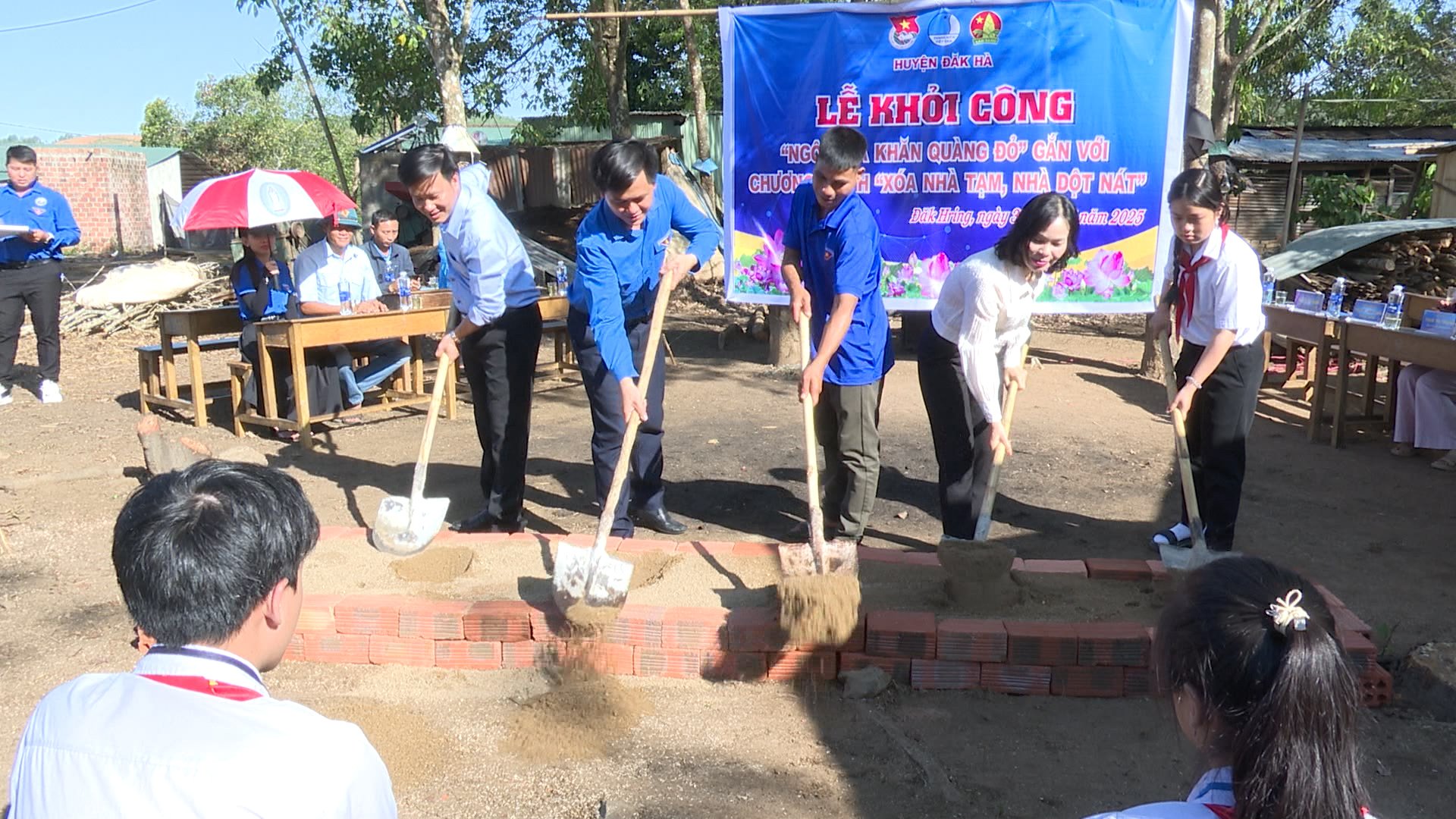




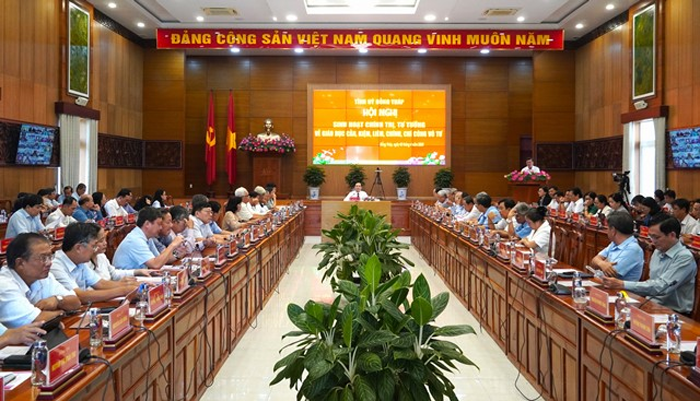
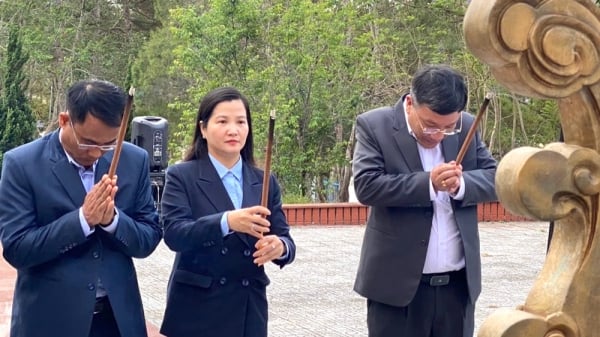
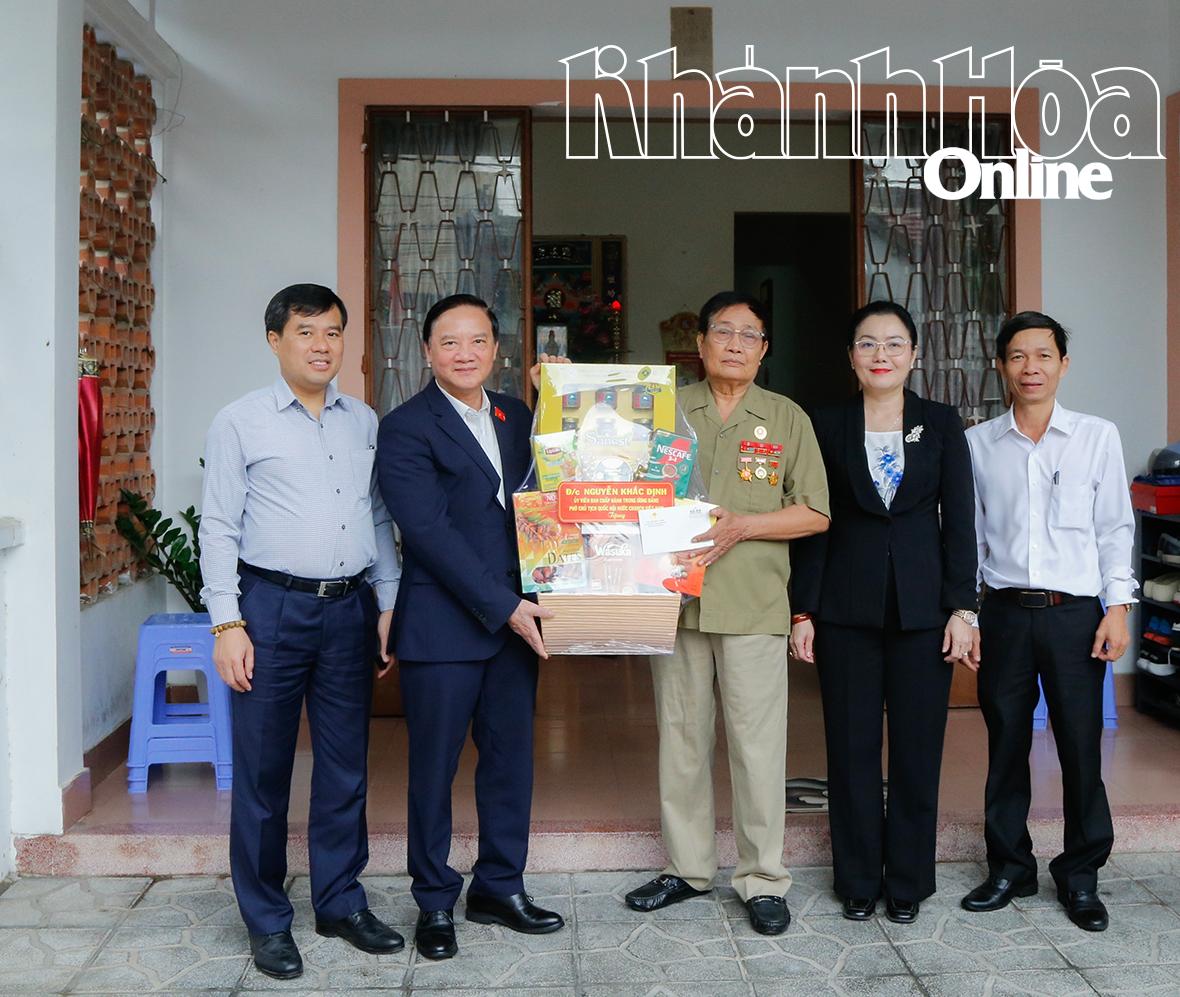

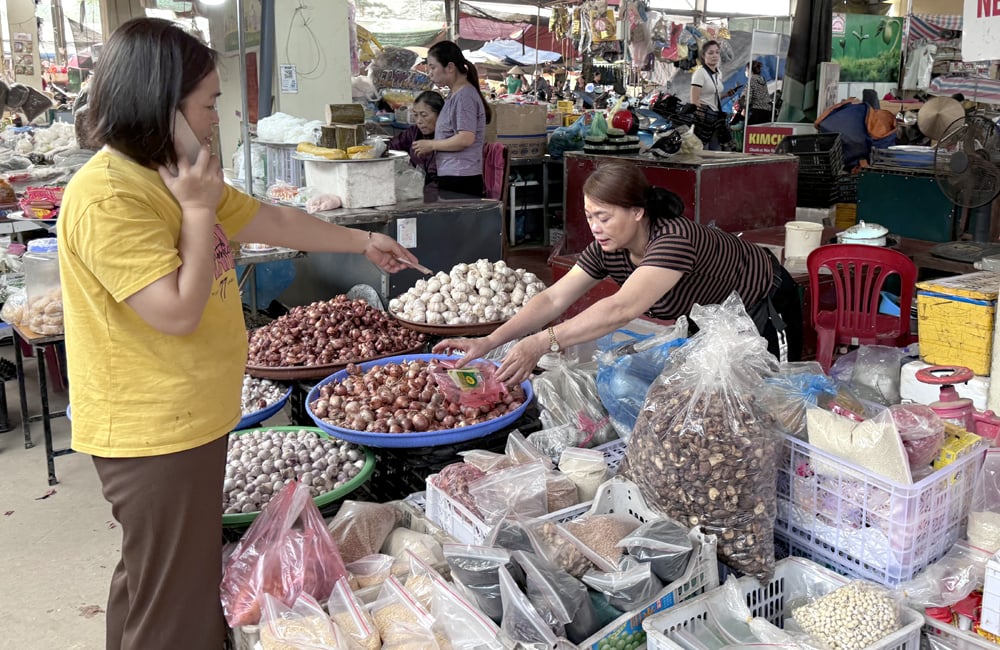
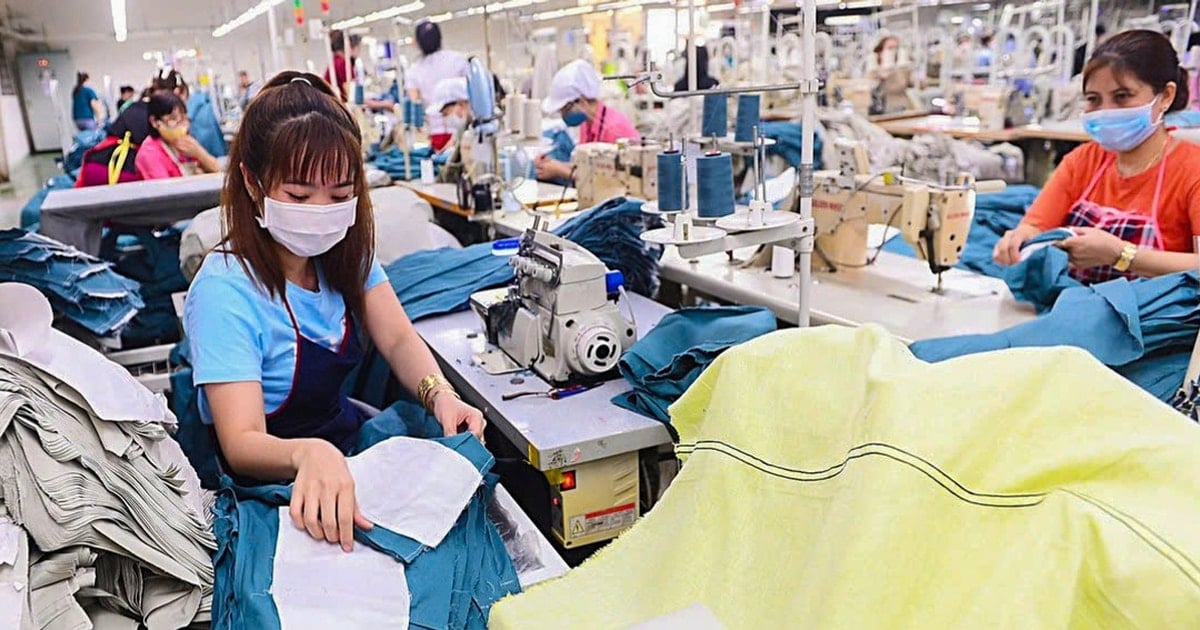
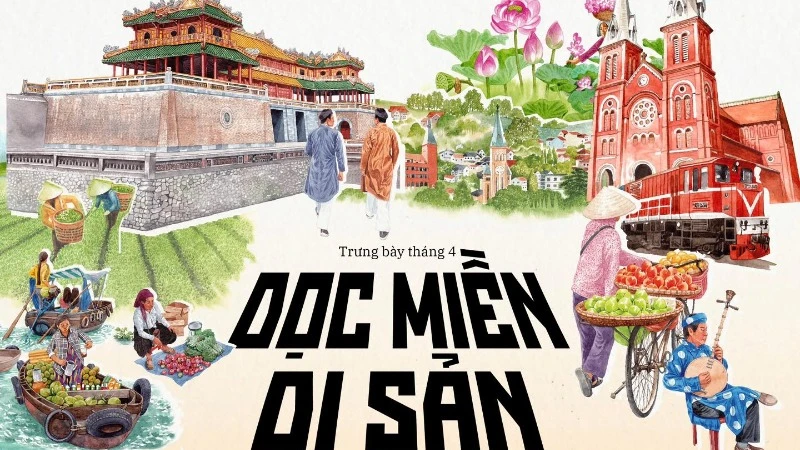

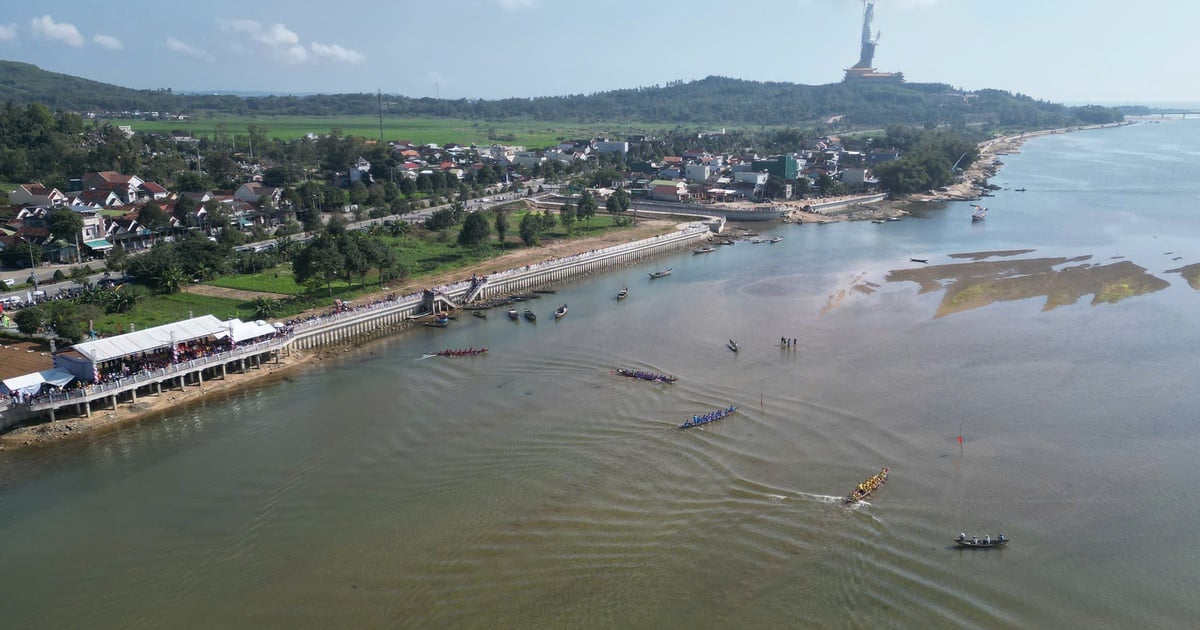


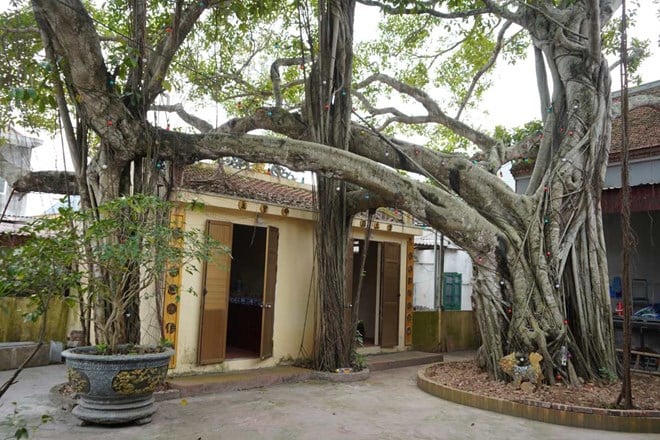

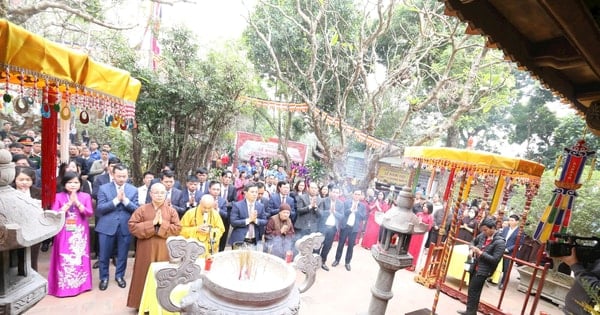

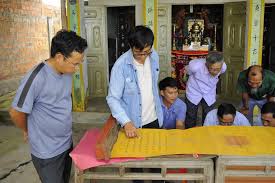

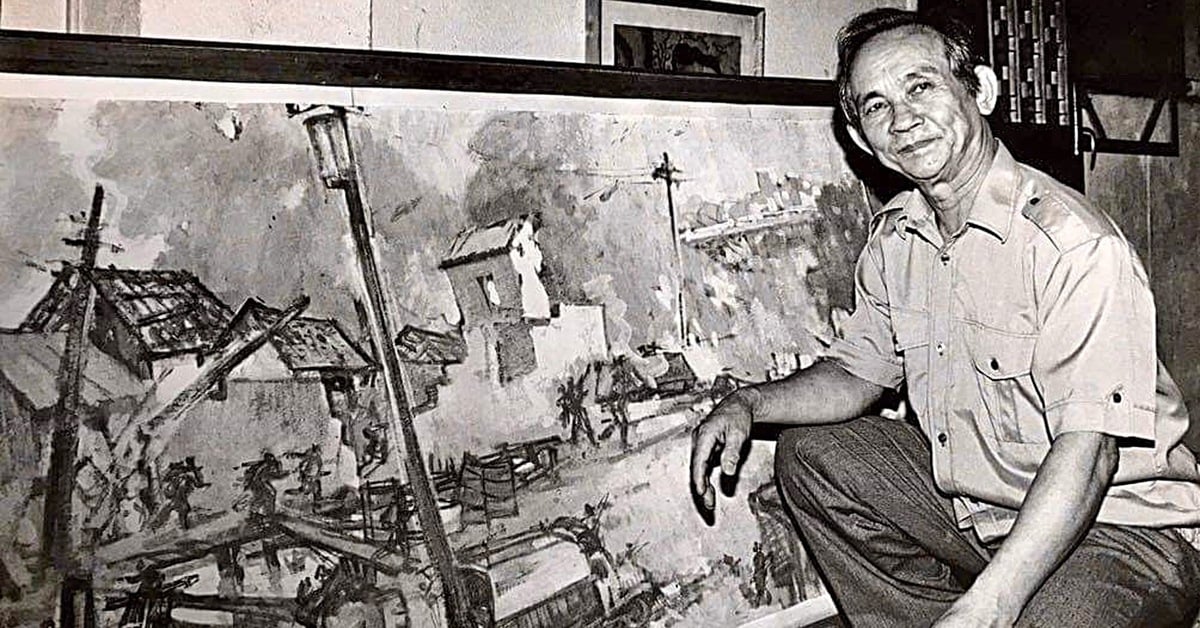


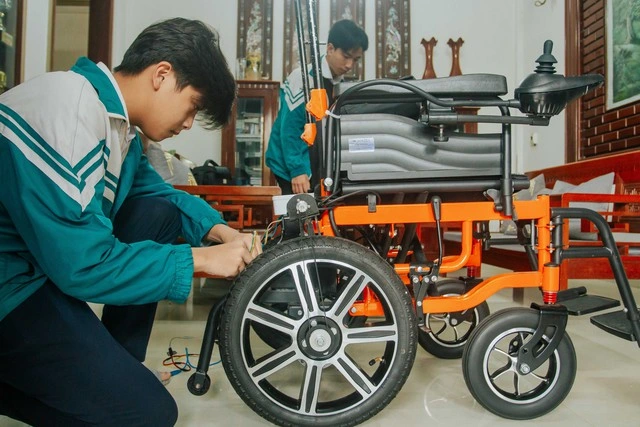


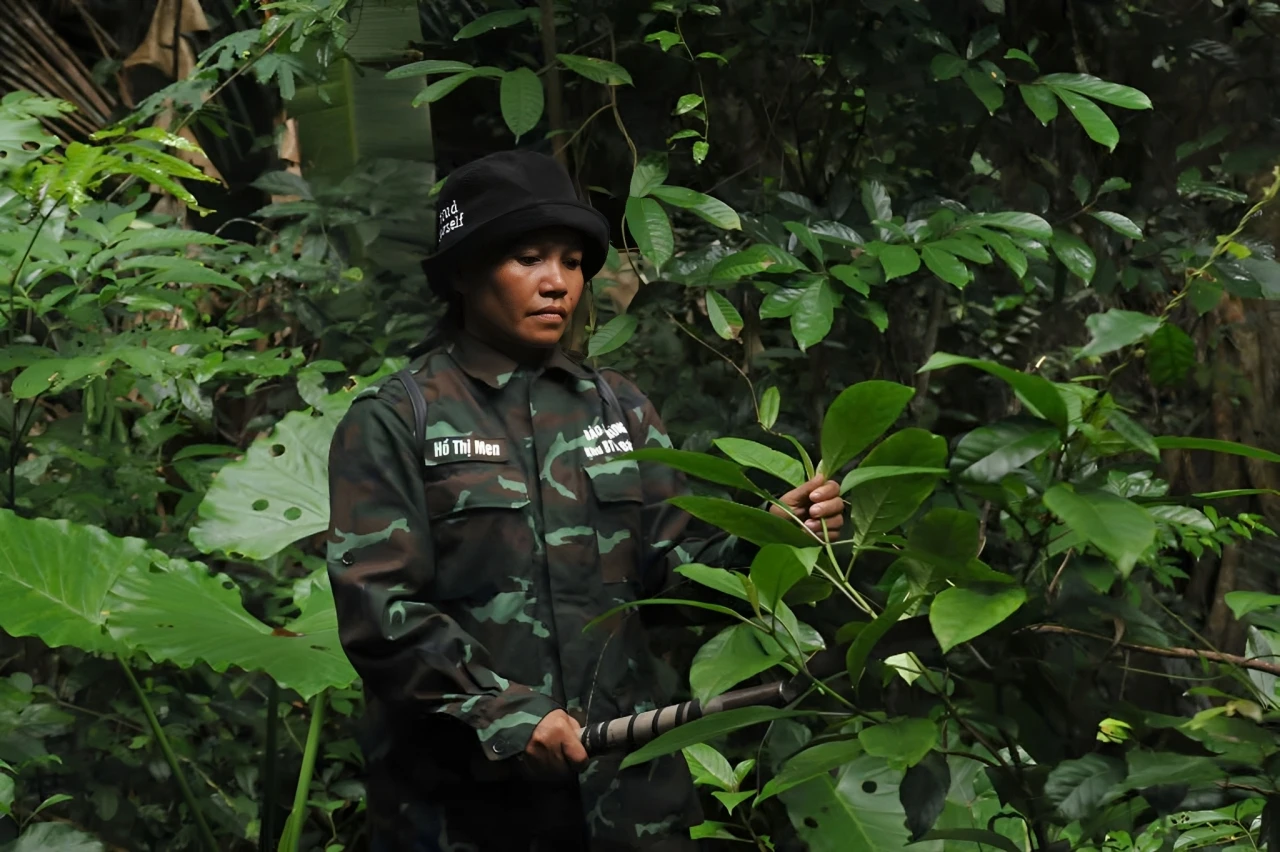

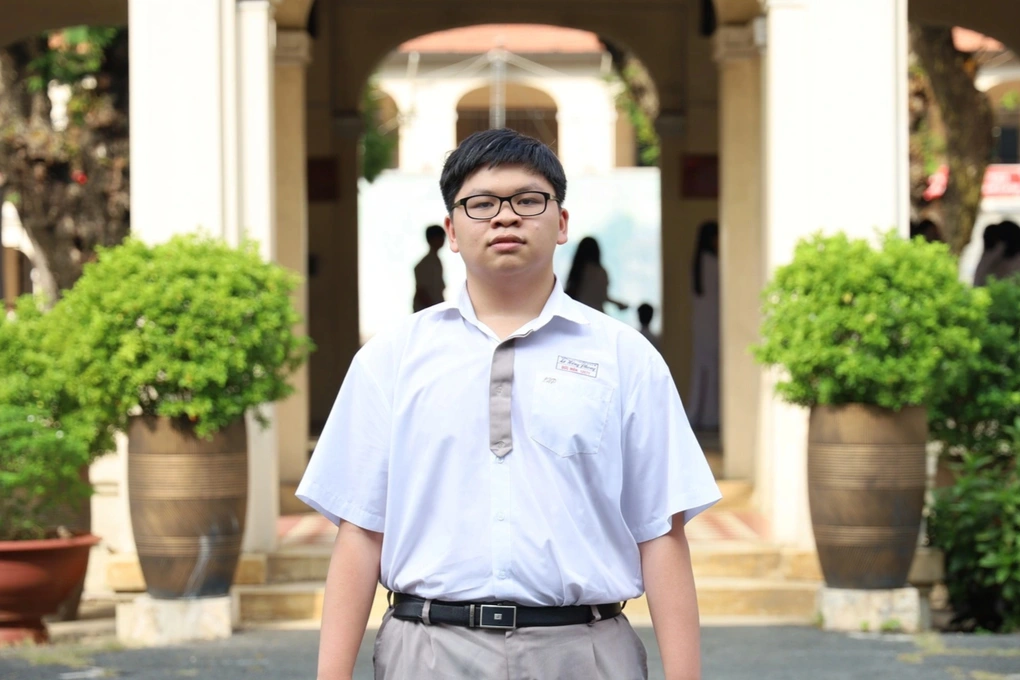










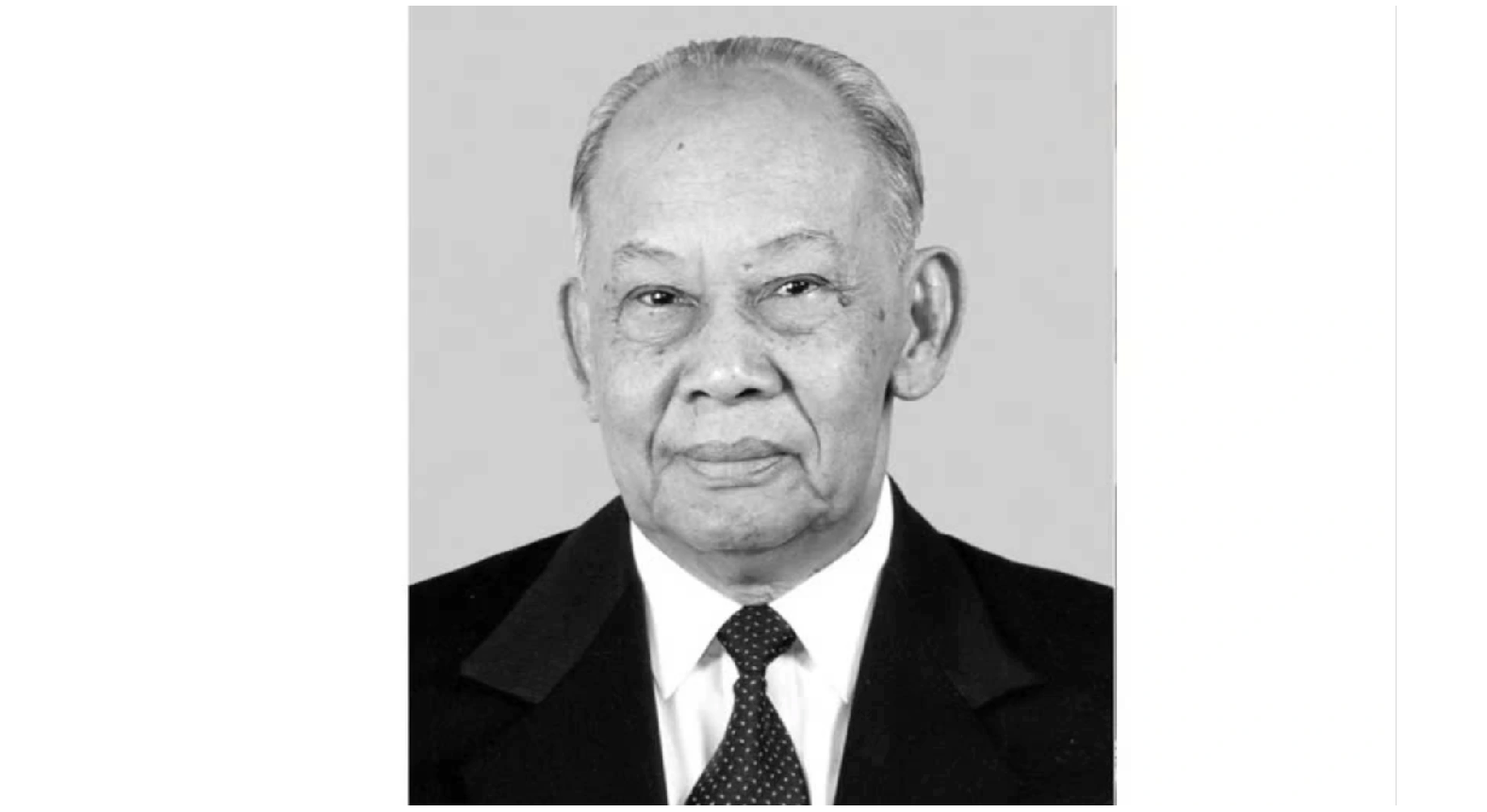
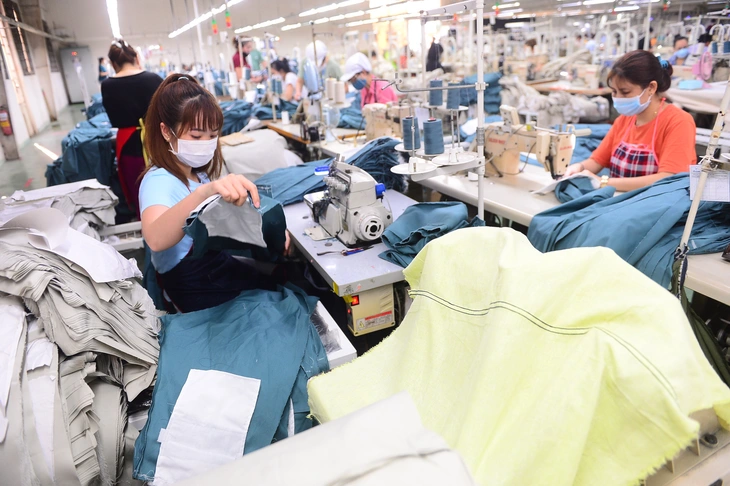
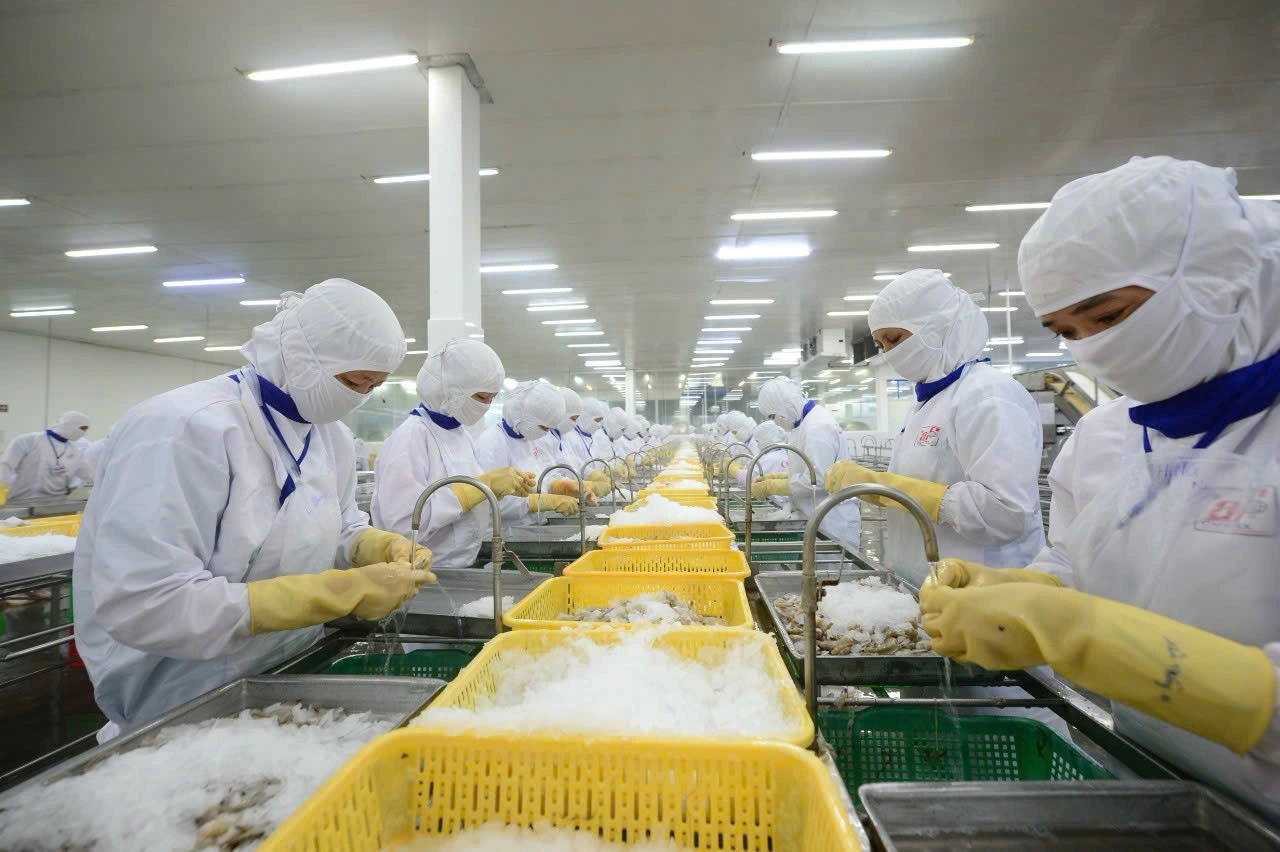

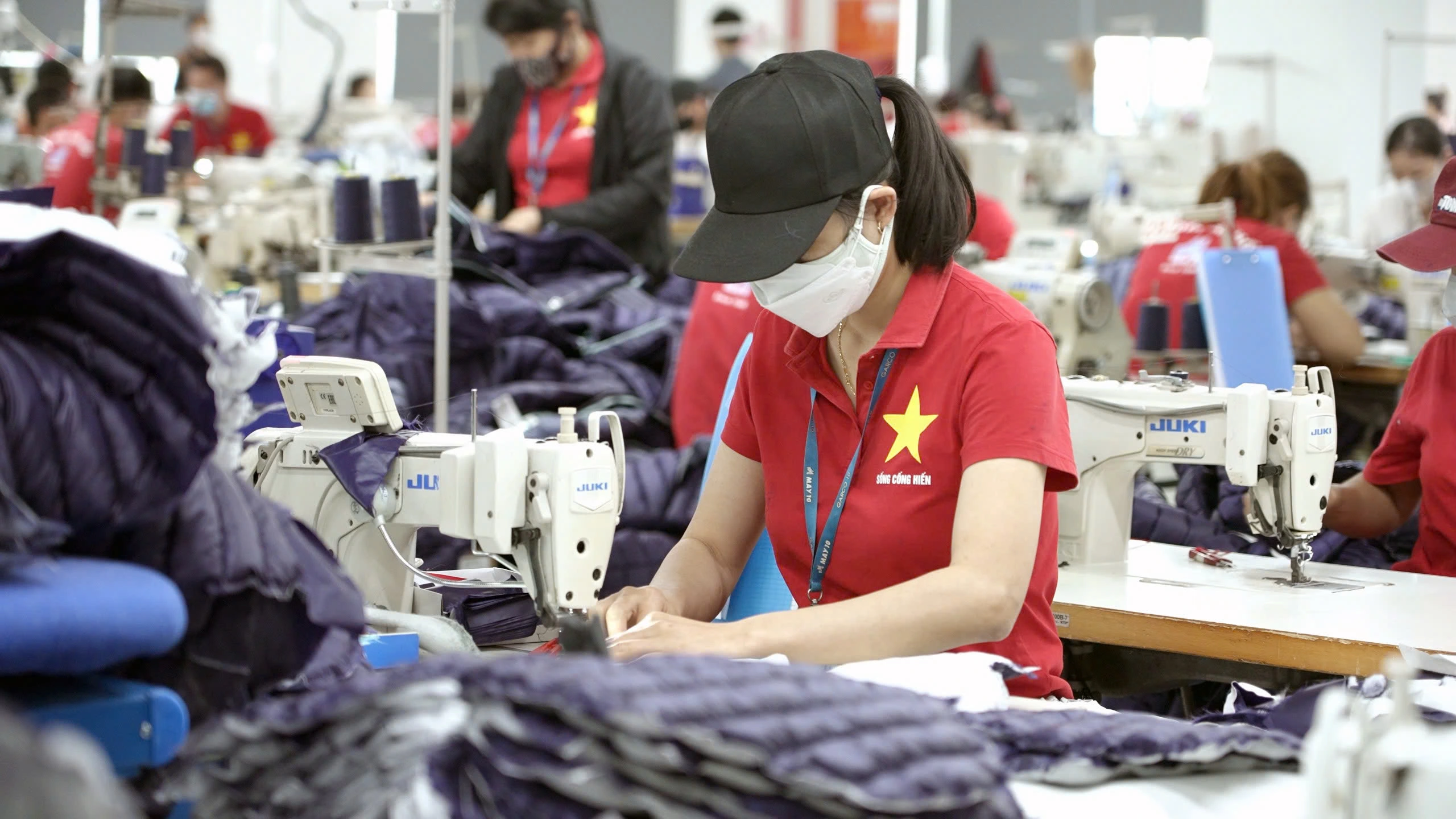







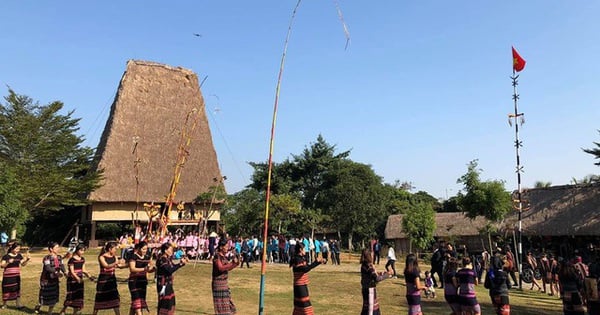

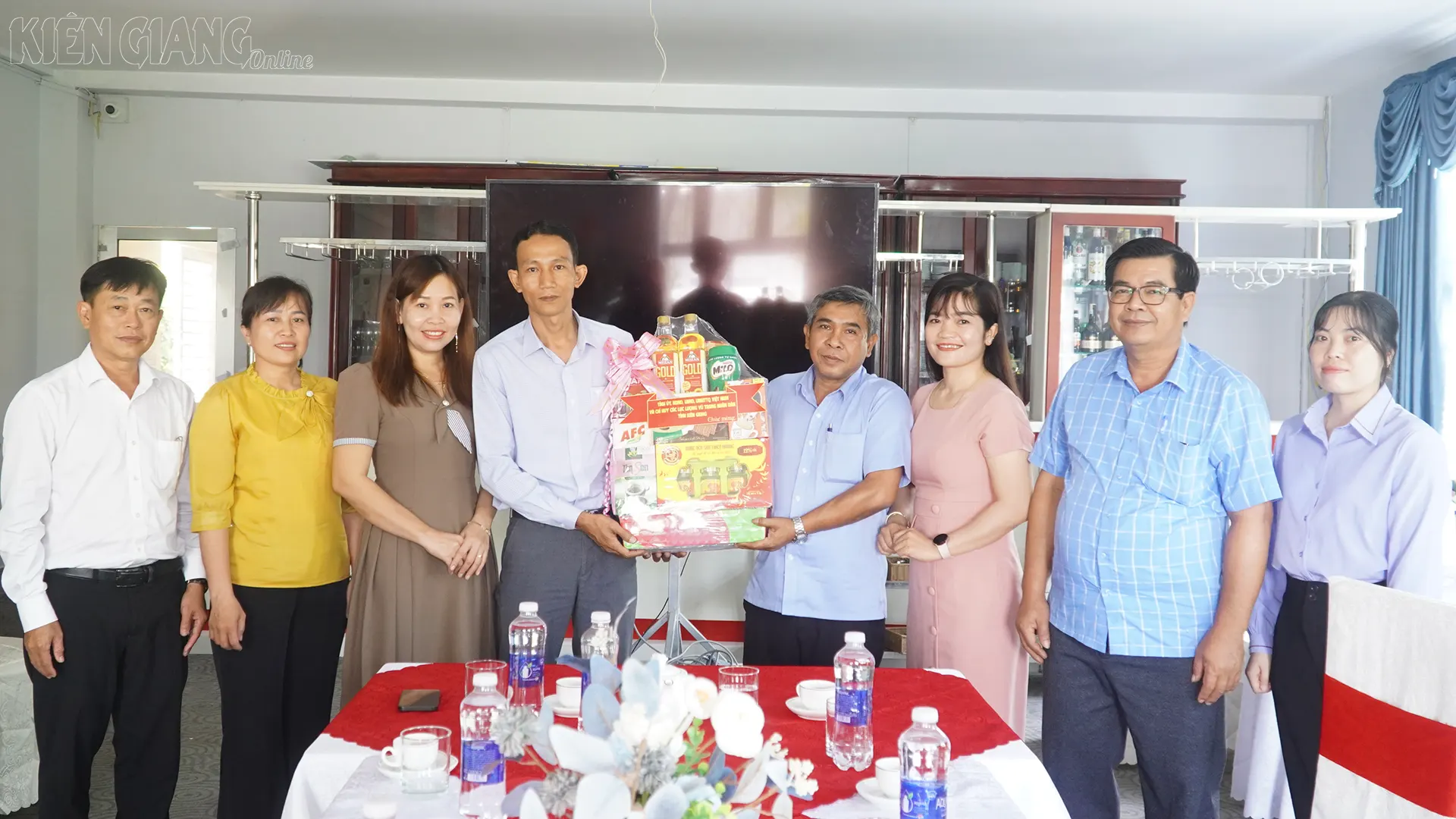
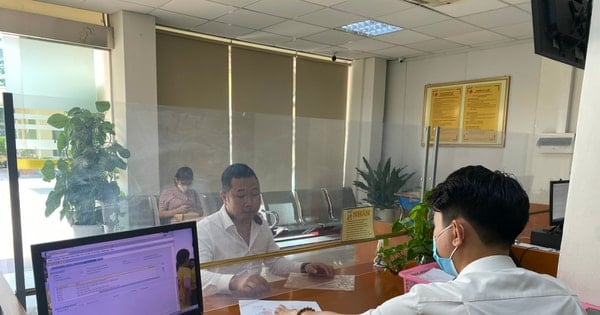

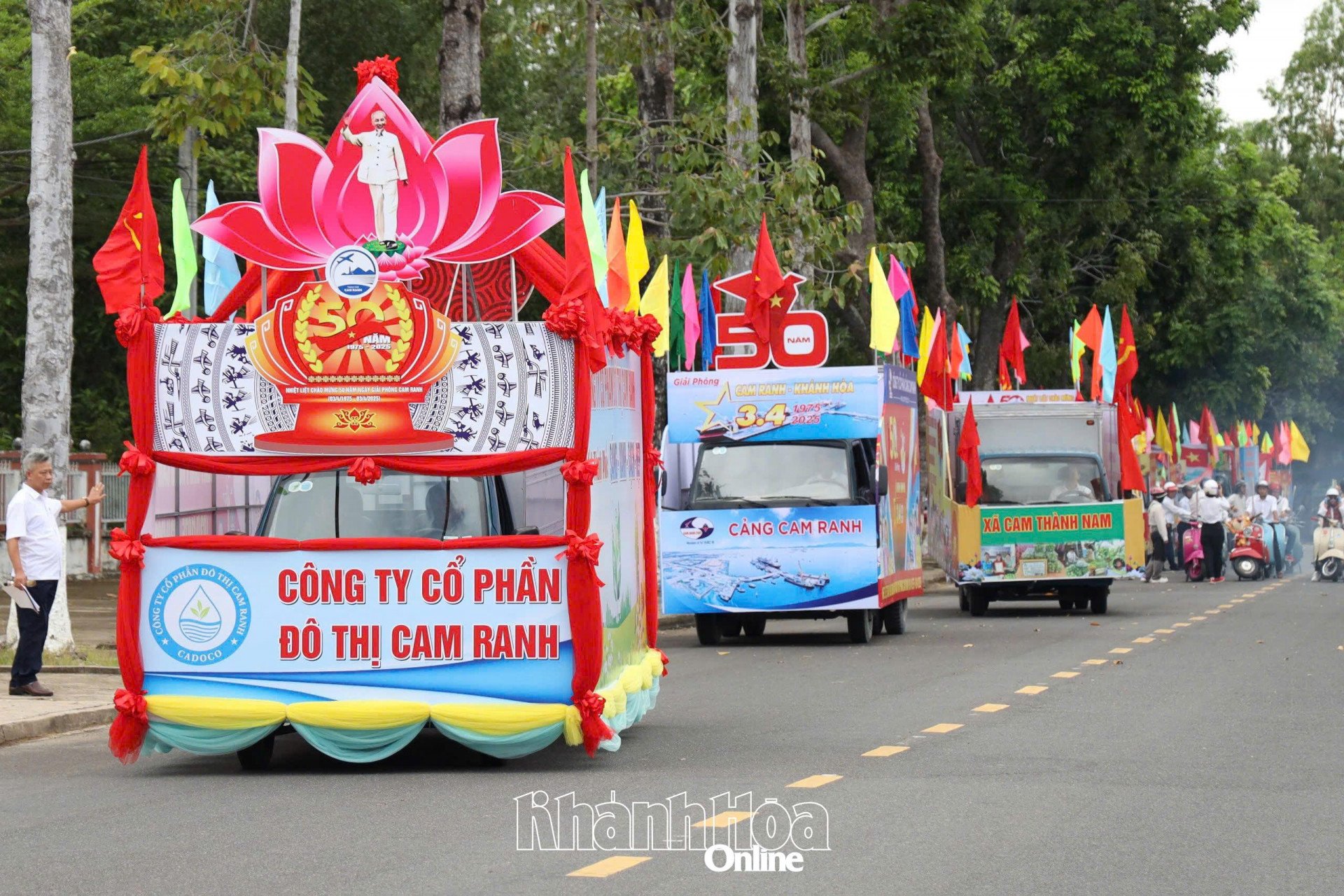

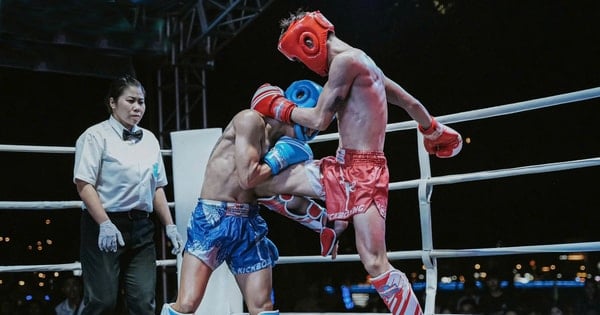












Comment (0)